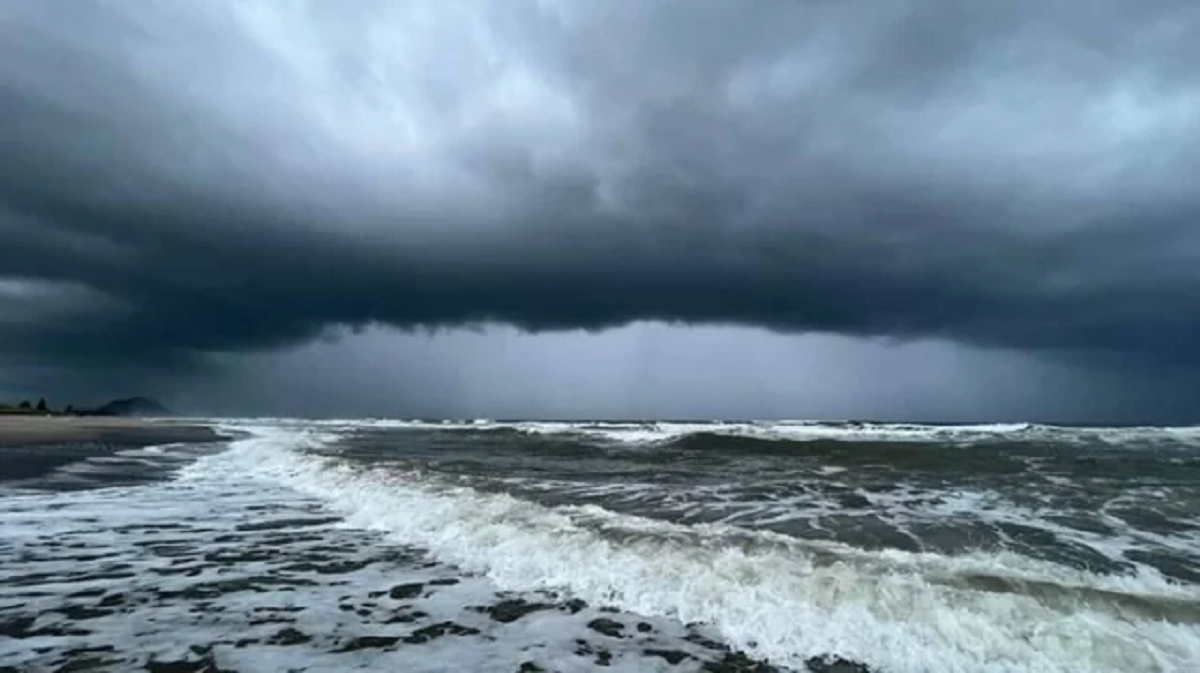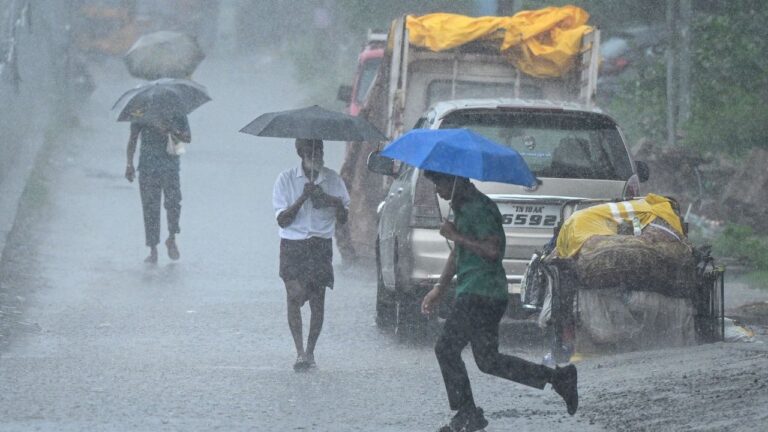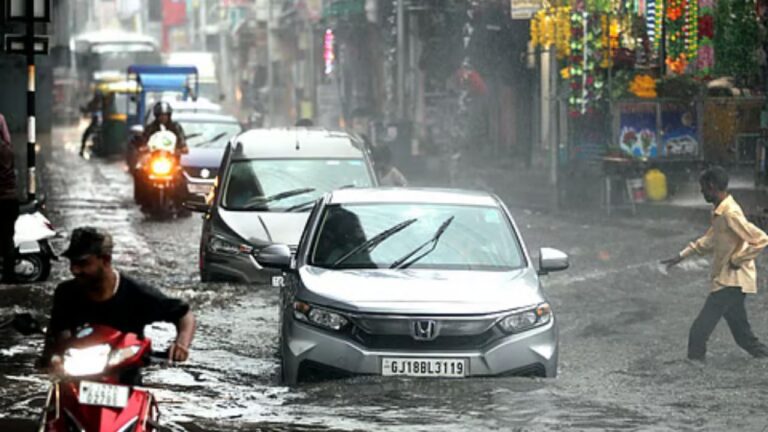
On May 25, climate scientist Roxy Mathew Koll shared a revealing satellite image of India on social media, capturing the simultaneous impacts of climate change. The image showed Cyclone Remal approaching the Sunderbans delta, the monsoon nearing Kerala, and intense heatwaves scorching north and central India, particularly over Delhi, Punjab, and Haryana. This powerful visual underscores how climate change is already reshaping India’s weather patterns.
The Reality of Climate Change in India
India is uniquely positioned to experience a wide range of climate change effects, including severe heatwaves, glacial melt, rising sea levels, erratic monsoons, and increasingly intense cyclones. Recent events have confirmed that these changes are not distant threats but present realities. On May 29, New Delhi recorded its highest-ever temperature of 52.3°C, which is 10-11°C above normal. This extreme heat prompted the Indian Meteorological Department (IMD) to verify if the recording instruments were functioning correctly. Throughout the preceding week, temperatures in the high 40s were common, significantly above normal levels, exacerbated by a combination of climate change and unplanned urbanization.
The Urban Heat Crisis
Vishwas Chitale, senior program lead at the Council on Energy, Environment and Water (CEEW), highlighted the dual impact of climate change and urbanization on Indian cities. He pointed out that cities are warming at nearly twice the rate of the rest of the country, leading to water scarcity and unprecedented power demand. “To adapt to these conditions,” Chitale emphasized, “our heat action plans must shift from a response-centric to a preparedness-centric approach, mapping granular-level heat risks to help administrators prioritize health interventions.”
A recent study by the Centre for Science and Environment (CSE), titled “Decoding The Urban Heat Stress Among Indian Cities,” revealed that urban areas are increasingly vulnerable to deadly heat stress, especially humid heat. Higher night temperatures in cities further amplify the risks.
Cyclone Remal’s Devastation
As heatwaves gripped the north, Cyclone Remal struck the Bengal coast on May 26, causing significant damage and loss of life. Even after weakening post-landfall, the cyclone caused heavy rains and landslides in Northeast states like Manipur. The rapid development of Cyclone Remal was driven by unusually high sea surface temperatures (SSTs) in the Bay of Bengal, another consequence of climate change.
Leading up to the cyclone, Koll noted on May 19 that the Bay of Bengal’s SSTs were persistently 2-3°C above normal. “Persistently high sea surface temperatures provide a constant supply of heat and moisture, essential for cyclone formation,” he explained.
Warming Indian Ocean: A Dire Prognosis
Koll, a scientist at the Centre for Climate Change Research at the Indian Institute of Tropical Meteorology, Pune, recently co-authored a paper in Science Direct, titled “Future Projections for the Tropical Indian Ocean.” The study revealed that the Indian Ocean is warming at an alarming rate, between 1.7-3.8°C per century. This rapid warming predicts perpetual marine heatwaves, threatening coral reefs and biodiversity, which are highly sensitive to temperature changes.
Koll warns that rising Indian Ocean temperatures will also increase the frequency and intensity of extreme weather events, such as cyclones and monsoons. “The Indo-Pacific is turning into a frying pan,” he says, emphasizing the urgency for emissions mitigation and local adaptation measures. The region’s vulnerability to extreme weather underscores the need for immediate and decisive action.
India’s recent experiences with heatwaves and Cyclone Remal illustrate the urgent need to address climate change impacts. The country faces multifaceted challenges, from urban heat stress to intensified cyclones, all exacerbated by rising temperatures. Comprehensive and proactive strategies are crucial to mitigate these effects and protect both the environment and public health.





